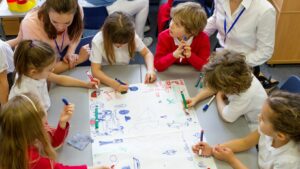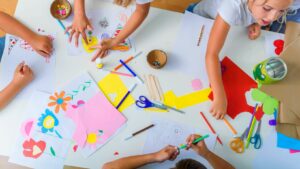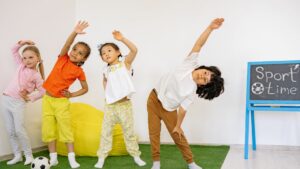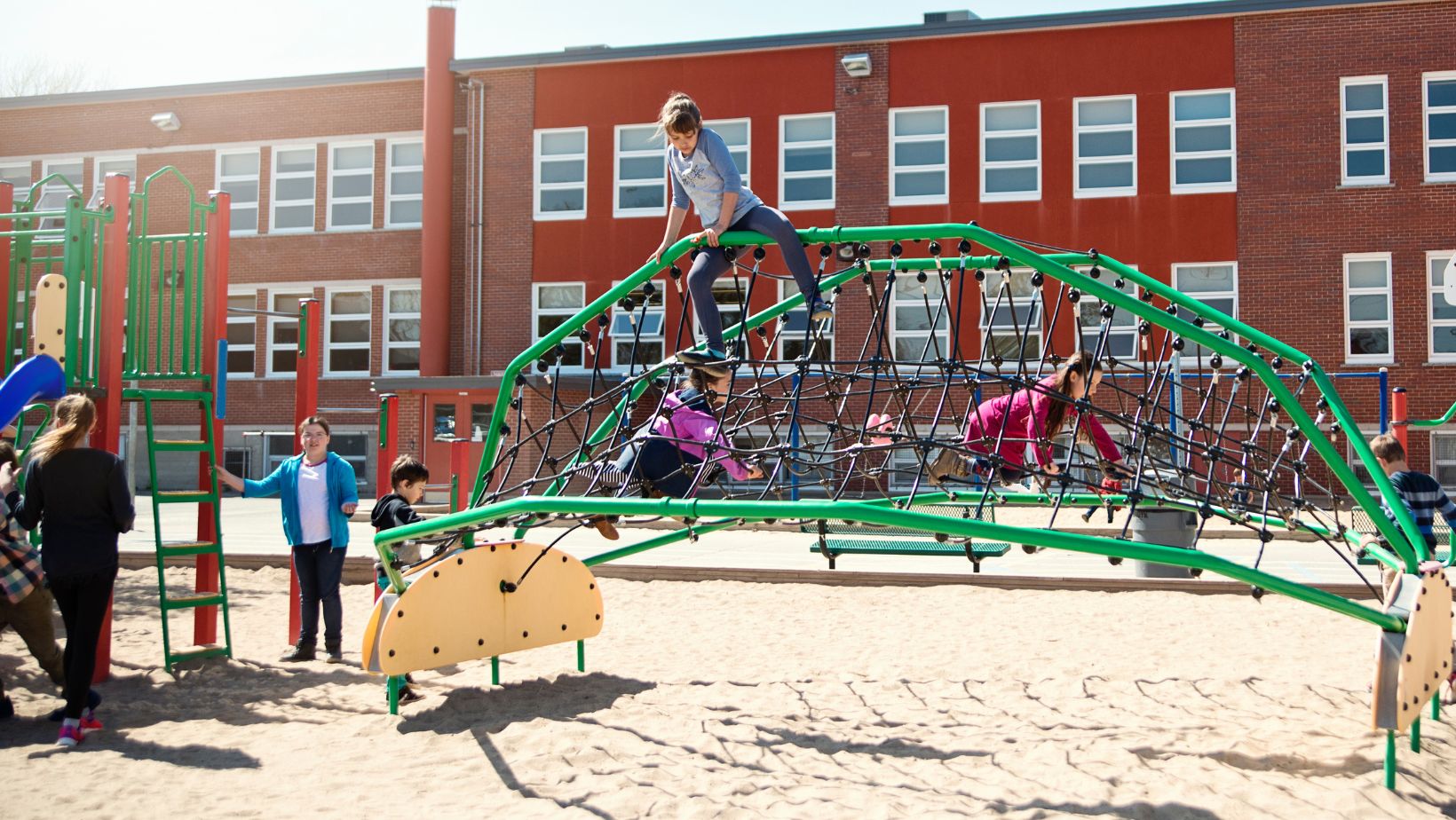Engaging students in creative and educational activities is crucial for fostering a dynamic learning environment. School activities not only break the monotony of routine lessons but also enhance students’ social, emotional, and cognitive skills. With the right mix of fun and learning, these activities can transform the classroom experience, making education more enjoyable and impactful. Whether it’s through hands-on projects or interactive games, these experiences provide students with opportunities to explore new concepts, collaborate with peers, and develop critical thinking skills in a supportive and stimulating environment.
School Activity Ideas

School activities play a crucial role in students’ development. By participating in diverse activities, students enhance their interpersonal skills and form meaningful relationships. These activities promote teamwork and collaboration, fostering a sense of community within the school.
Involvement in school activities improves students’ academic performance. Engaging in extracurriculars allows students to apply classroom knowledge in real-world scenarios, deepening their understanding of various subjects. Participation in activities also helps students manage their time better, balancing academics with other interests.
School activities contribute to personal growth. They allow students to discover new passions and develop a range of skills. By engaging in these activities, students build confidence and resilience, preparing them for future challenges. Through structured programs, students explore leadership opportunities, contributing positively to their character development.
Overall, school activities enrich the educational experience. They create a well-rounded learning environment, helping students achieve both personal and academic success while nurturing essential life skills.
Creative Arts And Crafts Ideas

Creative arts and crafts ideas can significantly enhance students’ experiences by boosting creativity and fine motor skills. Using recycled materials, like bottle caps, to make mosaics teaches sustainability while engaging students artistically. Group mural painting encourages collaboration and class unity. Organizers can integrate themes related to current lessons, making the creative processes both educational and enjoyable.
Creating art journals helps students express thoughts and emotions. They learn to convey feelings and ideas creatively, fostering emotional growth. Teachers can suggest collage activities using newspapers and magazines to develop visual storytelling skills.
Seasonal crafts, like making snowflakes in winter or leaf prints in fall, introduce students to the cycle of seasons through artistic expression. These tasks bring festive elements into the classroom environment and sync learning with nature. Integrating creative arts and crafts projects into the curriculum cultivates a diverse range of skills, enhancing the holistic development of students.
Physical Education Activities

Incorporating physical education activities in schools boosts students’ physical health and teamwork skills. Team sports like soccer, basketball, and volleyball promote collaboration and strategic planning. Students learn the importance of communication and trust through these group activities.
Aerobics and dance sessions offer a fun way to improve cardiovascular health. Instructors can integrate popular dance styles or rhythmic exercises to engage students and develop coordination. Dance activities also provide a creative outlet, enhancing both physical and emotional well-being.
Outdoor games capitalize on natural environments and encourage exploration and discovery. Activities such as obstacle courses and scavenger hunts cultivate problem-solving skills and resilience. These exercises also promote inclusivity by allowing students of varying athletic abilities to participate.
Incorporating yoga and mindfulness sessions helps students manage stress and increase focus. These activities teach relaxation techniques and improve flexibility. When combined with breathing exercises, they enhance mental clarity and emotional balance, contributing to overall student well-being.
Science And Technology Initiatives
Science and technology initiatives offer students the chance to engage with modern innovations and develop critical thinking skills. Robotics clubs and coding workshops provide hands-on experiences that stimulate problem-solving abilities and creativity. Science fairs and STEM challenges encourage students to explore scientific concepts and apply them in practical scenarios, fostering a deeper understanding of the subjects. Incorporating technology into these activities, such as using tablets for interactive learning or virtual reality for immersive experiences, keeps students engaged and prepares them for future technological advancements. By integrating science and technology initiatives into the curriculum, schools can equip students with essential skills for the future, nurturing a generation of innovative thinkers and problem solvers.
